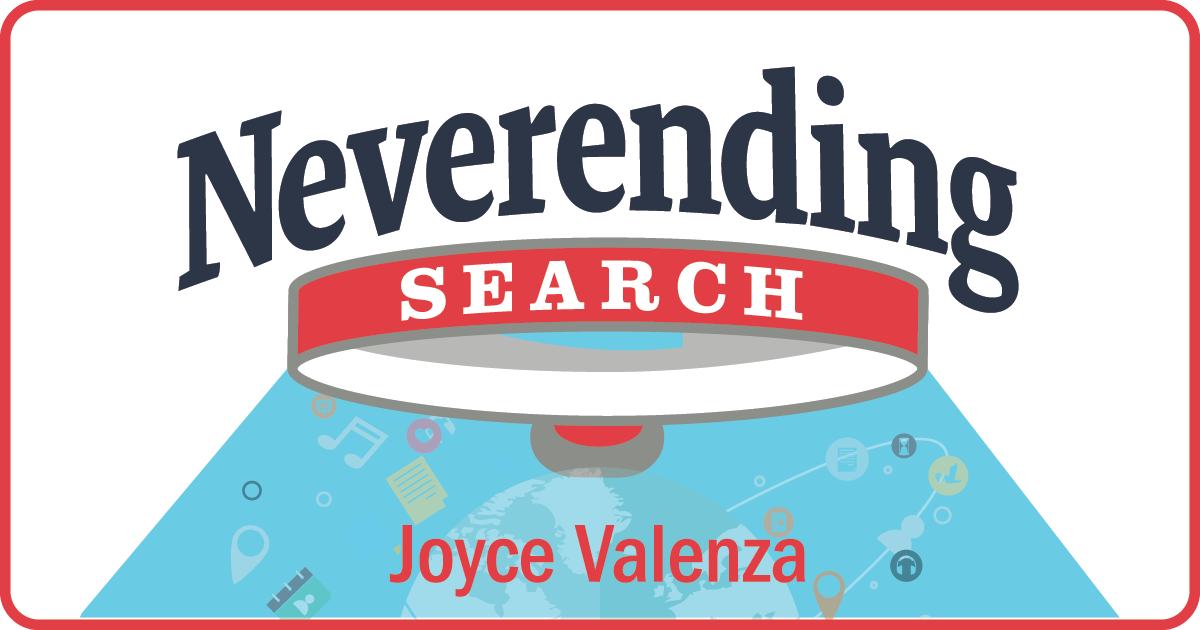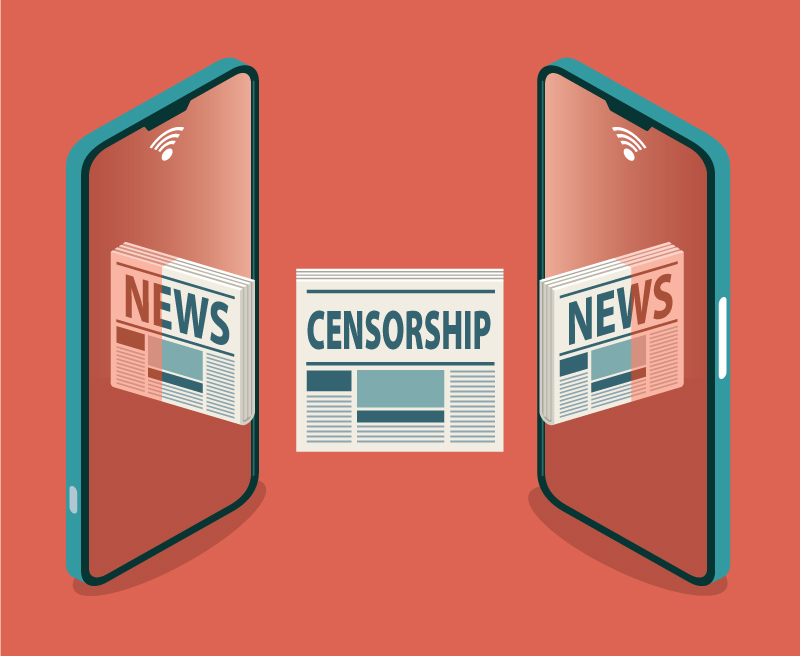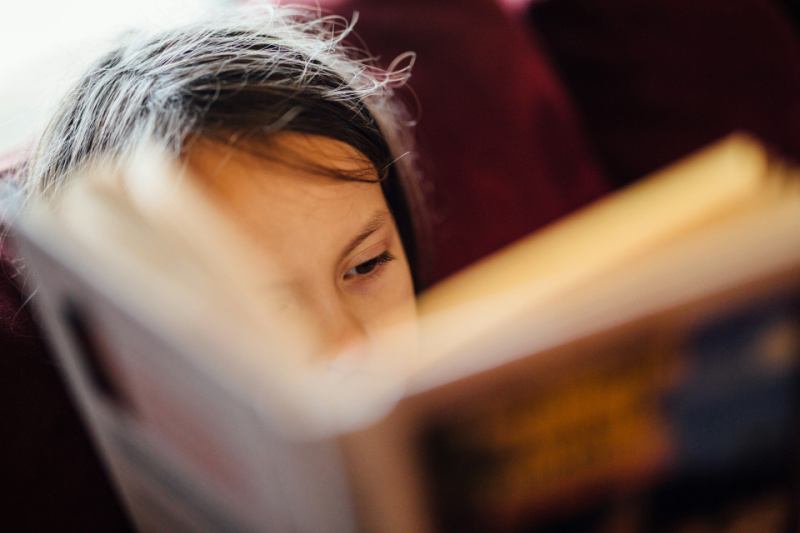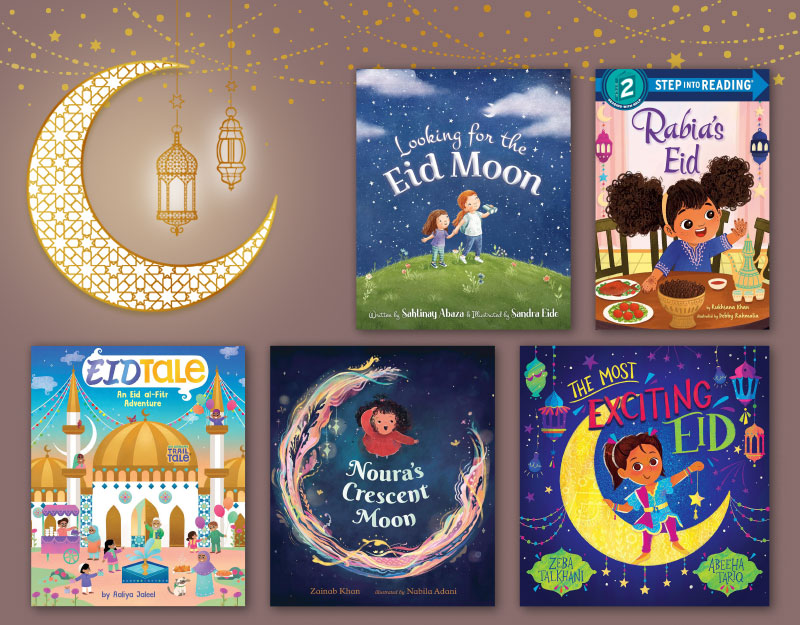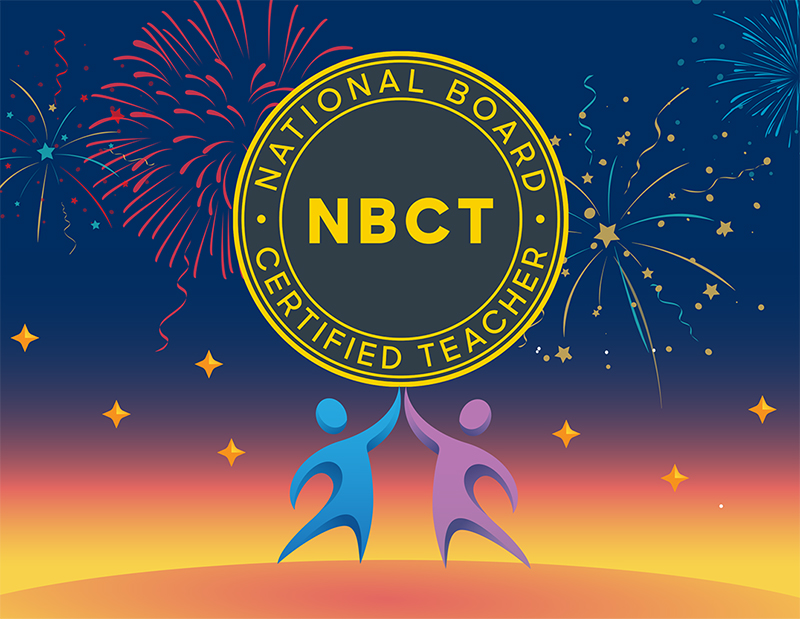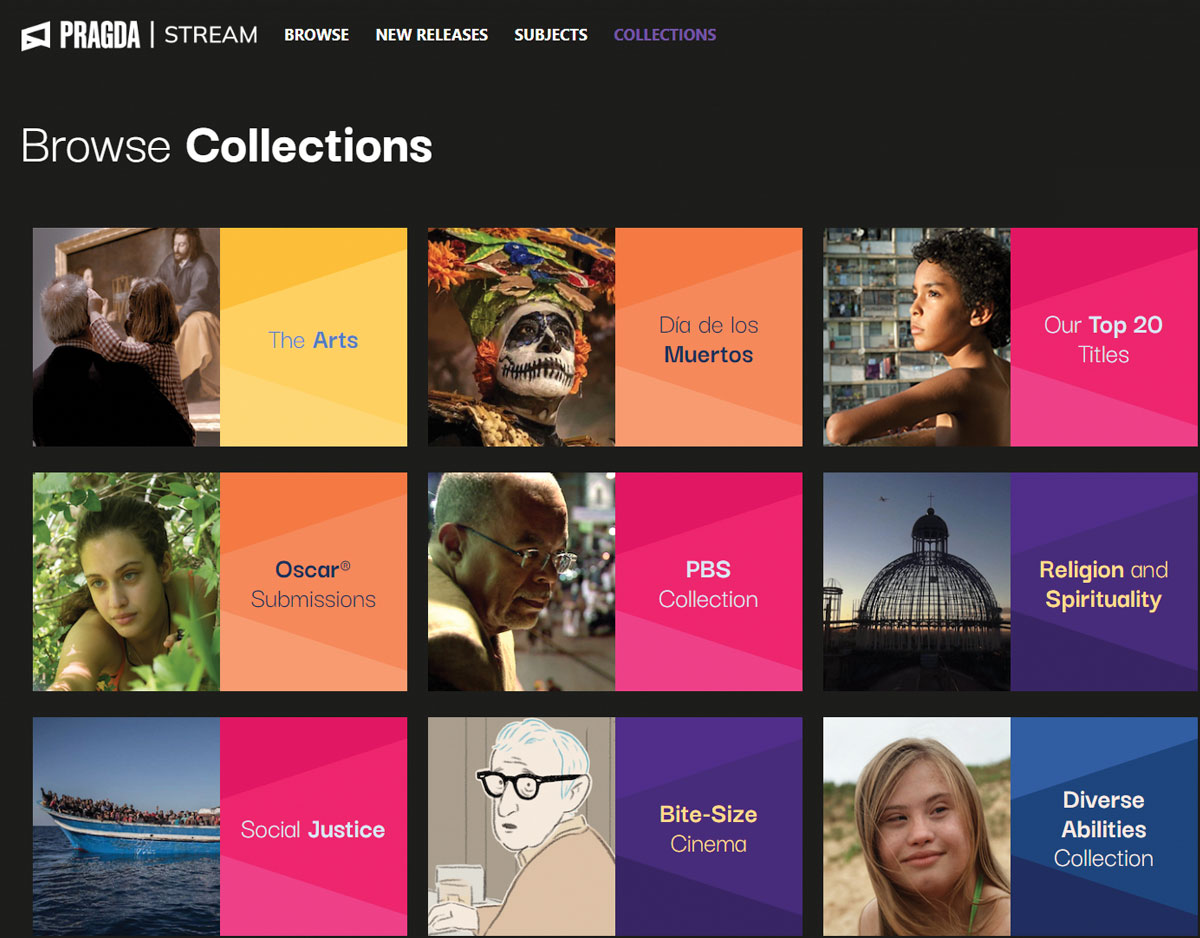SCROLL DOWN TO READ THE POST
Responding to Pew: The Myth and Reality of the Evolving Patron
At ALA I was honored to be invited by RUSA to respond to research presentation, The Myth and the Reality of the Evolving Patron.
Lee Rainie, director of the Pew Research Center’s Internet & American Life Project, shared the latest data relating to how Americans think about libraries and information, their use of library services, and what they value–important information that can help libraries improve collections and services.
I’ve gathered my notes for an upcoming RUSA publication, that I don’t think school library readers are likely to see.
So here are my take-aways and some lingering questions:
One month later, so much of Lee Rainie’s talk continues to resonate for me and force me to ask what does it all mean for young people and for those of us who serve them. First, I’ll list six big take-aways, likely to inform or inspire the way I think about my practice, and then I’ll share some lingering questions.
ADVERTISEMENT
ADVERTISEMENT
My big take-aways from the data
1. Different people use and think about the library in different ways. The evolution of patrons’ library use is driven by a variety of life stressors. Young library patrons are different from older library patrons. Women are different from men. Women use the library more than men. Parents of minor children over-index for everything. They love us more than anyone. We may lose a patron for a while, but there will be times we will become re-relevant.
(For me, this is a reminder of the critical opportunity we have to share everything we can be with parents and to increase communications with and invitations to the moms and dads of the kids we serve. BTW, I don’t completely agree that we are losing them; I think we may be sharing them. See comments below. I also think there are many library users—for instance, those who use a statewide database or an academic LibGuide—who may not even be aware they are using a library or the services of a librarian.)
2. People sense of value of time has shifted relating to the technology in their lives. The library’s value in pre-Internet age was to bring all the stuff together. In the digital age, the new scarcity is not information, but time. People like that they can do more stuff on their own with their own devices. The expectation is that every dimension about what people love to do at libraries will be online.
So how can we save people time? How can we sift through the noise, junk, temptation, and distraction to help people get to what they need? How can we become a valued node on their networks?
In its recent Younger Americans’ Library Habits and Expectations survey, the Pew researchers found that young people
expressed the strongest interest in apps that would let them locate library materials within the library or access library services on their phone, as well as library kiosks that would make library materials available throughout the community. In addition, younger respondents were somewhat more likely than older adults to say they would be likely to use personalized online accounts, digital media labs, and pre-loaded e-readers.
(For me, this validates our efforts in curating for specific community needs and ensuring that library exists 24/7 as a geographic- and devise-agnostic space for just-for-me, just-in-time access. It points to the need to continue to develop attractive apps and digital services that offer robust remote access to resources and services. It points to the need to cut across the confusing silos and the brand and format issues that divide our collections, to enhance discovery and to simplify or eliminate digital barriers like vendor passwords or official cards. The experience of library for youth ought to be as easy, as seamless, and engaging as access to a favorite search tool or visit to a social network.
This should be a wake-up call for many of us to ensure our services to young people are available at the point of need. Academic libraries appear to lead the way in this work making materials largely available from dorm rooms. How effective have we been, as a profession, in embedding ourselves and making online resources discoverable at the point of need, wherever and whenever people visit a library?
3. Supply-side evolution: we are delivering new stuff and actively reshaping patrons’ expectations with our many innovations.
But . . .
We are faced with two camps of patrons and we must meet the demands of both groups with fewer resources. Inertia is as much as force in our lives as is innovation. It is part of the story of librarian pain.
- Old stuff is important to lots of people. Those we have served for a long time with familiar, traditional services and relationships and they may not want any change in those traditions. That’s why they love us. For many people, the old stuff works just fine.
- New stuff is exciting to lots of people. Innovation seems to relate to meaningful experiences. People are asking: How do I have meaningful rich experiences? How can I be efficient?
The Younger Americans’ Library Habits and Expectations study, noted young people’s interest in both traditional and new resources. The Summary of Findings shared that 80% of young people under 30 see librarians as very important resources, with other important resources including a variety of both digital and print and face-to-face resources:
- free databases (76%)
- free access to computers and the internet (75%)
- books for borrowing (75%)
- quiet study spaces (72%)
- programs and classes for children and teens (72%)
- job or career resources (71%)
(For me, this speaks to the friction that often occurs in school spaces as we welcome mobilly-connected students, celebrate noisy and productive collaboration and creation or making, as well as the visiting teachers and classes seeking quieter, more controlled environments for learning.
Print vs. digital has long presented purchasing friction and tough budget decisions. Can we purchase in every desired format? With Open Education Resources (OER), collection may now be as much what we use and link to as what we buy. I can add nearly any free digital resource to our catalog using tools like a Web2MARC (http://www.dl2sl.org/records) converter.
The conversation at the session pointed to the loaning of heirloom seeds and the use of 3D printers to meet community needs. In schools, physical collection also combines old and new and has grown to include: cameras, tablets, e-readers, green screens, tripods, headsets, and microphones.
The teens I know, and likely others, live in both camps. They may want both print and digital. Although my students’ express interest in print fiction, digital seems to be their preference for reference and researchy nonfiction.)
4. The good news: We’ve innovated like mad. And, while we can be comforted by fact by companies and media are wrestling with similar change issues, librarians will get to the promised land faster. People love us; they trust in librarians as teachers, coaches and trail guides.
(Simply, yeah! Let’s keep on keeping on.)
5. The bad news: Although people want us to save them time and do special things for them, they don’t have any real sense of the scope of our services and of what is possible. Only 1/5 of those surveyed say they know everything about what we are doing. And we face emerging digital divides, new schisms to address. We need to think more about older, poorer, special populations who may have greater needs and wants and the 49% of all folks who are non-library users.
Especially disappointing news from the Younger Americans’ Library Habits and Expectations study is that, despite their expressed enthusiasm for libraries, young people are not as likely as other groups to see them
as a valuable asset in their lives. Even though 16-17 year-olds rival 30-49 year-olds as the age groups most likely to have used a library in the past year, those in this youngest age group are less likely to say that libraries are important to them and their families.
(So, how can we be guides and mentors to address the new digital divides? Lee noted that social network preferences vary across demographic groups. How might we create highly customized services to those specific groups of stakeholders from whichever our doors or platforms they choose to enter?)
6. And the biggest take-away follows logically: We need do a better job telling stories of about what we are doing.
Message clear.
My lingering questions
Of course, the data and their interpretations present as many questions as answers. As a school/youth services librarian, my lingering questions have a lot to do with young people and their library habits and attitudes and the qualitative story that we may still need to explore.
1. Library monogamy? The responses Lee Rainie described address use and feelings about public libraries. Yet, people (especially young people) may not be library monogamous—they may have relationships with more than one library, likely their school or academic libraries.
There is a larger library ecology/ecosystem that we don’t see when we ask questions about one type of library. Although Lee shared that future studies will focus on school libraries, and we have a body of research on school libraries, I continue wonder about what library means to the young people we share.
2. Are there really seams? Lee shared that Libraries have evolved into technology hubs for their communities as well demographics regarding use of library websites—used more heavily by women, the more wealthy, the more highly education, and parents. But perhaps we should find a way to lose the seams.
Library is library and we need to make sure that people know that. When my students go to the library, I hope they see don’t see seams. They may enter through a variety of connected doors, but our library website, our library app, my Twitter handle and email address are visits to the library and connections with the librarian they know. It isn’t hard to be embedded these days—to offer highly customized knowledge services to specific stakeholders with specific needs.
Library is ubiquitous, tool agnostic/device agnostic/24/7 just-in-time, just-for-me, embedded, responsive. Library is library whether it is on or offline. Library is a platform. Our online spaces are merely scalable extensions of our services, resources, relationships, and spirit. The goal is to become useful, engaging, embedded and necessary nodes on the networks of our community members—off- or online. I suppose I’d like to count all library connections as library visits.
3. What about the other research? I wonder how we might associate the Pew findings with new understandings from the research of other fields about social spaces. How might these connections help us present new metaphors and models about libraries as emerging ecosystems and evolving public spaces.
While Pew asked specific questions about the reasons folks use public libraries, there are more subtle responses those multiple choices may not have elicited.
Many of us see our spaces as the social, cultural and intellectual commons for our schools, universities, or communities—what sociologist Ray Oldenburg refers to as the third place/space in his Great Good Place.
The character of a third place is determined most of all by its regular clientele and is marked by a playful mood, which contrasts with people’s more serious involvement in other spheres. Though a radically different kind of setting for a home, the third place is remarkably similar to a good home in the psychological comfort and support that it extends…They are the heart of a community’s social vitality, the grassroots of democracy, but sadly, they constitute a diminishing aspect of the American social landscape.
Students wait for me when I open the door at 7 AM and stay after school, and come back on Wednesday nights. They don’t just visit us, they kinda live with us. And I know we share them with our public library.
People visit because it is their space, a space they love. It’s probably true in many of our facilities, that people set up little nests or offices. You turn around and Pablo or Sally is predictably in his or her space.
This is not just true of young people. When I was a public librarian, young mothers really came to connect with one another other while I hosted pajama story hour or vacation reading club. Older gentlemen built their own offices with us. I was aware that, while for some, we hosted an informal stock or political debate club, for others, I was the only personal contact they had in the course of their day.
I see library also as what Henry Jenkins would call a participatory culture environment—a space for tinkering, play, inquiry, learning, creating. All of the characteristics that Jenkins describes as part of participatory cultures are present in the library spaces I know and love:
- relatively low barriers to artistic expression and civic engagement
- strong support for creating and sharing one’s creations with others
- informal mentorship whereby what is known by the most experienced is passed along to novices
- that members believe that their contributions matter
- that members feel some degree of social connection with one another (at the least they care what other people think about what they have created). (9)
In our spaces, I also see young people engaging in those three genres of new participation Mimi Ito and her team describe in their research: hanging out (friendship-driven activities), messing around (tinkering, media-driven activities) and most often in geeking out (the expertise-centered arena, where mentors, like librarians, are most welcomed).
So, it may be time to connect the research about public spaces with our own.
4. What’s a patron? And what about the librarian? I don’t think the data really approach the true nature of our relationships with our communities.
What I’ve observed in 35 years in practice is that it’s not only about the stuff and its containers–the building, the books, the programs, the technology. In a larger sense, it’s really about relationships, participation, belonging, contribution, membership. The folks who visit us are not just consumers, and they are not just creators–they are part of our community.
Perhaps it’s just semantic, but the term evolving patron is funny for me and word patron itself makes me uncomfortable. It doesn’t describe the relationships I’ve worked to build across my library career.
In his Atlas of New Librarianship and across his writing and presentations, . Dave tells us there isn’t anything about library that isn’t about learning, that knowledge is created through conversation. The mission of librarians is to improve society through facilitating knowledge creation in their communities.
I prefer Dave’s term—member, to describe the folks we connect with. Patron doesn’t express the notion of library as community or culture or the importance of social engagement, conversation, or participation. The library is more than a building or the stuff inside it; it is an affiliation.
Back in 2008, I blogged about a panel session presented by ALA’s Office of Information Technology Policy (OITP) on the Future of America’s Libraries. Like a lightening bolt, the brilliant panel–Stephen Abram, Jose-Marie Griffith, Joan Frye Williams, and Dave Lankes–helped me re-vision the construct of library as more kitchen than grocery store, more transformational than transactional.
Here’s my paraphrase of part of Joan’s short talk:
Our libraries should transition to places to do stuff, not simply places to get stuff. The library will become a laboratory in which community members tinker, build, learn, and communicate. We need to stop being the grocery store or candy store and become the kitchen. We should emphasize hospitality, comfort, convenience and create work environments that invite exploration and creativity both virtually and physically. We want our users (members, students, teachers) to trust us enough to allow us to participate.
Library is not just a place to get stuff, it is a place to do stuff, to make stuff, to share stuff. It’s not about the books or magazines or databases or other commodities or the containers information may currently live in. It’s about ideas and connections and relationships.
So, I would love to see new questions that move us beyond the notion of transactional use to the more important stories of transformational use. I would love to see additional research that teases out new relationships and examines the hybrid or blended environments we share with our patrons both virtually and physically.
Final thoughts
Lee Rainie is so right. We have to get better at telling our stories–to our members and our nonmembers—at various points of perceived relevance throughout their life stages.
But are we seeking the right data? And are we telling the right stories? I think there may be additional, perhaps new stories to tell. They may be stories about how people use more than one type of library. They may be about a more holistic concept of library as platform. And they may about more than the stuff in our libraries or our basic services. They may be about culture, participation, relationship and affiliation.
References
Itō, M. (2010). Hanging out, messing around, and geeking out: Kids living and learning with new media. MIT press.
Jenkins, H. (2009). Confronting the challenges of participatory culture: Media education for the 21st century. The MIT Press.
Lankes, R. D. (2011). The atlas of new librarianship. Cambridge, MA: MIT Press.
Oldenburg, R. (1997). The great good place: Cafes, coffee shops, bookstores, bars, hair salons, and other hangouts at the heart of a community. Da Capo Press.
Zichuhr, K, Rainie, L. & Purcell, K. (2013). Younger Americans’ library habits and expectations. Retrieved. Pew/Internet
Valenza, J.K. (2008). Library as Domestic Metaphor. NeverEnding Search Blog.
About Joyce Valenza
Joyce is an Assistant Professor of Teaching at Rutgers University School of Information and Communication, a technology writer, speaker, blogger and learner. Follow her on Twitter: @joycevalenza
ADVERTISEMENT
SLJ Blog Network
One Star Review, Guess Who? (#202)
This Q&A is Going Exactly As Planned: A Talk with Tao Nyeu About Her Latest Book
More Geronimo Stilton Graphic Novels Coming from Papercutz | News
Take Five: LGBTQIA+ Middle Grade Novels
The Classroom Bookshelf is Moving
ADVERTISEMENT
ADVERTISEMENT

